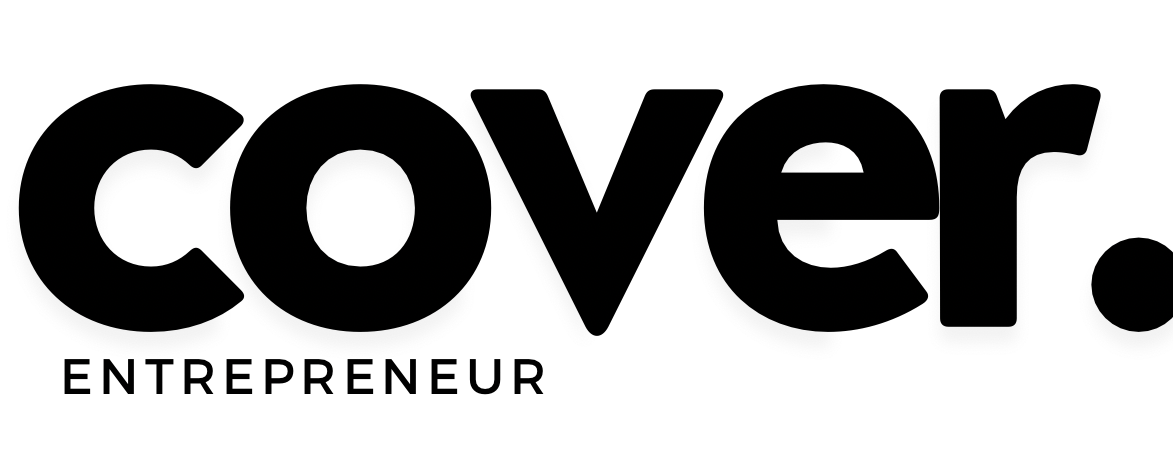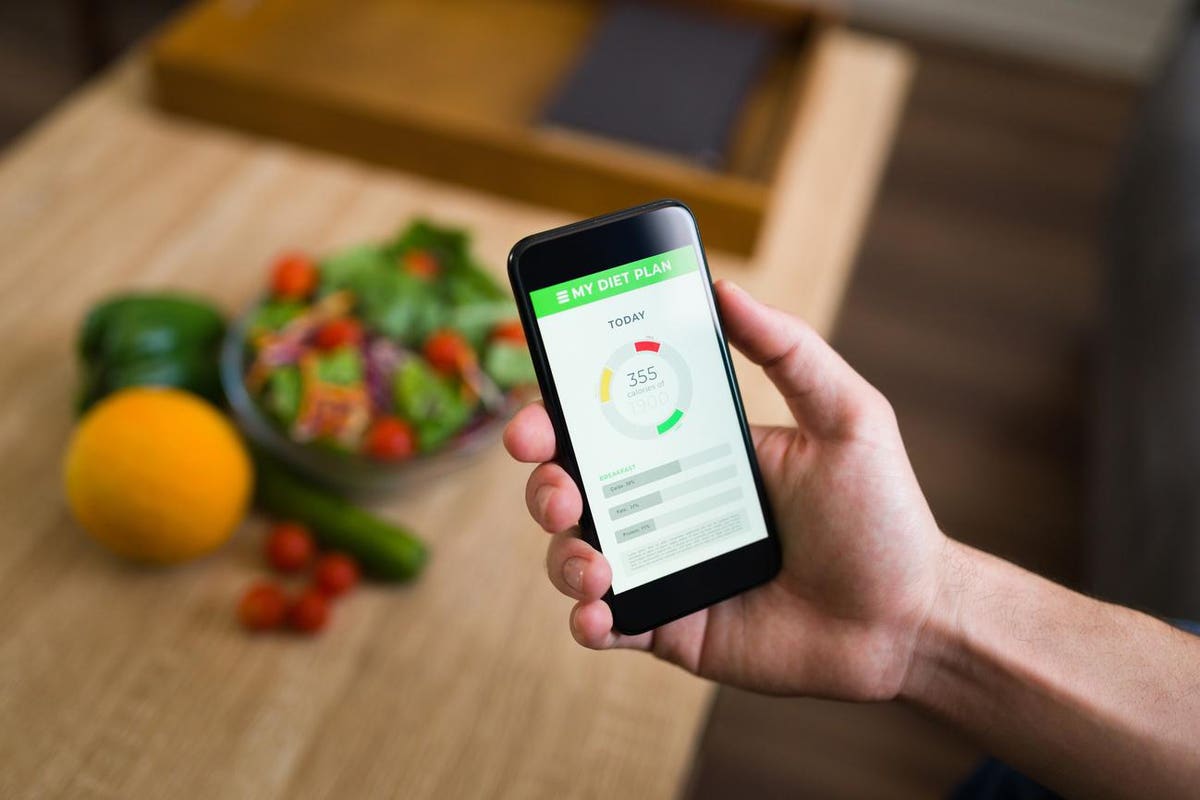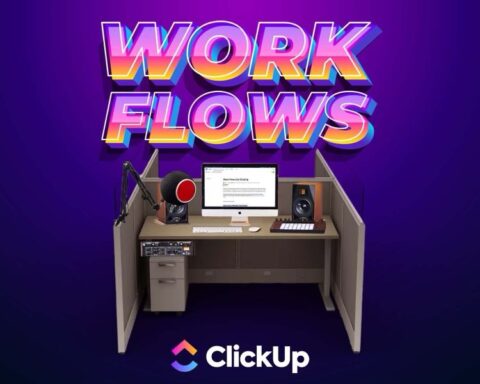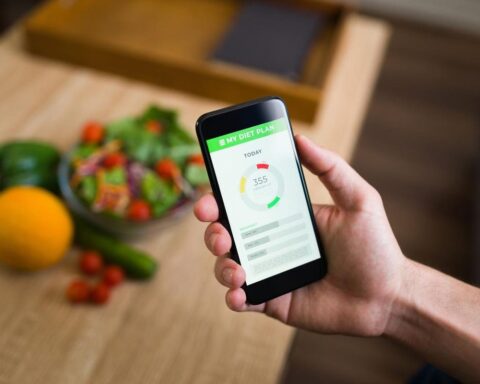Research shows that working with a registered dietitian has many benefits. The emergence of nutrition software has further transformed the healthcare industry and added a level of personalization to enhance the client experience. However, many nutrition coaches face challenges of noncompliance among clients and need a system to get better client outcomes and retain clients. Evidence-based counseling techniques like motivational interviewing remain the recommended behavior change modification tactics to get clients better results, but retaining clients is still an issue.
Incorporating Nutrition Software To Deliver Better Client Outcomes
Nutrition software has changed the way coaches create client outcomes and increase retention. For example, programs such as Eat Love for meal planning and Practice Better for client management allow for personalization while also being HIPAA compliant. Incorporating AI-powered software is becoming a new standard for a number of nutrition professionals, whether they work full-time seeing patients at a clinic or own a private practice. But what are the specific traits dietitians should look for in nutrition software? Based on my experience in this industry, here are a few key features to look for.
Personalization
Traditional nutrition coaching methods typically involve paper meal plans that clients are likely to throw away. As nutrition professionals, we need to adapt to the demands of the consumer, and consumers want personalization. Look for nutrition software that offers custom options to prescribe clients solutions for their nutrition outcomes, ranging from medical nutrition therapy to general nutrition.
Greater Reach
Additionally, nutrition software should lend itself to reaching more clients. An effective nutrition software program should offer alternative support options beyond the traditional one-on-one model of private practice and allow you to reach those beyond your local community. This can give more clients access to nutrition professionals and allow them to purchase low-cost ebooks, courses and group programs to achieve their desired outcomes.
Automating The Client Experience
Effective nutrition software should create opportunities for automation. For example, your software should incorporate an electronic medical record (EMR) system that allows you to integrate your calendar and create efficiencies with scheduling. Integrating a nutritionist’s calendar with an EMR allows clients to automatically schedule appointments for consultations and sales calls. When you work with telehealth, these types of automation can account for time zones and create a seamless process for booking sessions. Your software should also be capable of creating payment receipts and facilitating the signing of contracts.
Another area that I recommend having automation in place for within your nutrition software is meal planning. Meal planning programs can account for personal preferences, allow clients to set realistic goals, and make it easier for them to access nutrition education and follow the nutrition prescription provided by their dietitian.
Using software in these ways can not only help save time but also standardize client care and create a predictable and satisfactory experience that makes your clients want to tell their friends about it.
Challenges To Consider
As with any technology, there are some challenges you may encounter when using new software, whether you’re in a hospital or private practice setting.
Learning Curve
Technology skills take time to learn, and it can feel frustrating to use new software and adapt to the interface. My best tip for improving your tech skills is to give yourself extra time to become familiar with new software and to use the support phone number or web pages most software systems offer to get further clarity about how to use its various programs.
Customization
Customization can be both an advantage and a challenge. Some nutrition software programs may not have customization options, which can limit the user experience; if they do include these options, you may require a higher level of tech skill to create the customized experience you want for your practice. Check for customization options before choosing nutrition software, and see if the software developer offers technical support to help you troubleshoot.
Client Education
Client education can become a challenge due to various learning styles. For example, if the client has limited knowledge about using the resources from the software program, this disconnect can cause a decrease in their motivation. One solution for increasing compliance and motivation is to ask about the client’s preferences and use a combination of software resources and other learning modalities, such as teaching and counseling over video or in-person, to meet their needs.
In conclusion, the right nutrition software can help scale a nutrition professional’s practice by automating tasks, creating personalization and increasing educational opportunities. When applied well, these benefits can lead to more effective experiences that make patients feel heard, seen and cared for—which, in turn, leads to better results for both you and your clients.

















